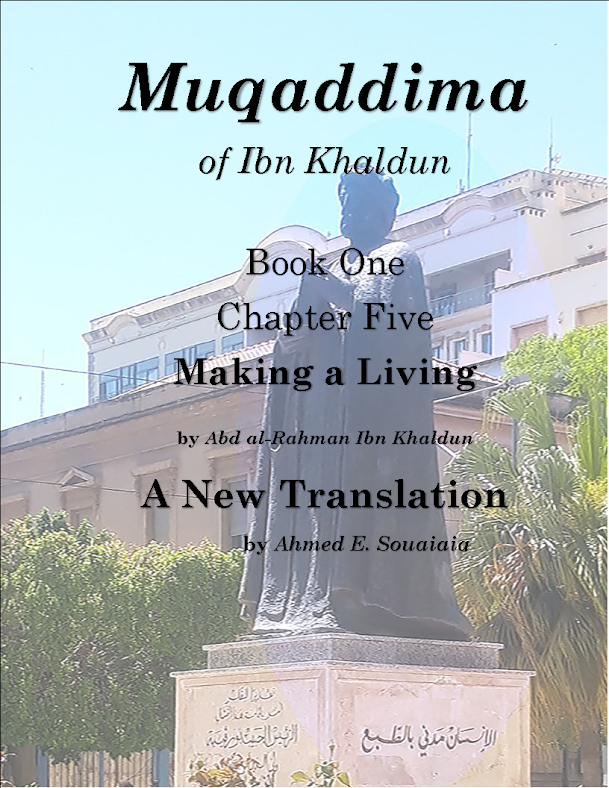CIA and Mossad killed senior Hezbollah figure in car bombing
Saturday, January 31, 2015
No comments
On Feb. 12, 2008, Imad Mughniyah, Hezbollah’s international operations chief, walked on a quiet nighttime street in Damascus after dinner at a nearby restaurant. Not far away, a team of CIA spotters in the Syrian capital was tracking his movements.
As Mughniyah approached a parked SUV, a bomb planted in a spare tire on the back of the vehicle exploded, sending a burst of shrapnel across a tight radius. He was killed instantly.
The device was triggered remotely from Tel Aviv by agents with Mossad, the Israeli foreign intelligence service, who were in communication with the operatives on the ground in Damascus. “The way it was set up, the U.S. could object and call it off, but it could not execute,” said a former U.S. intelligence official.
The United States helped build the bomb, the former official said, and tested it repeatedly at a CIA facility in North Carolina to ensure the potential blast area was contained and would not result in collateral damage.
“We probably blew up 25 bombs to make sure we got it right,” the former official said.
The extraordinarily close cooperation between the U.S. and Israeli intelligence services suggested the importance of the target — a man who over the years had been implicated in some of Hezbollah’s most spectacular terrorist attacks, including those against the U.S. Embassy in Beirut and the Israeli Embassy in Argentina.
The United States has never acknowledged participation in the killing of Mughniyah, which Hezbollah blamed on Israel. Until now, there has been little detail about the joint operation by the CIA and Mossad to kill him, how the car bombing was planned or the exact U.S. role. With the exception of the 2011 killing of Osama bin Laden, the mission marked one of the most high-risk covert actions by the United States in recent years.
U.S. involvement in the killing, which was confirmed by five former U.S. intelligence officials, also pushed American legal boundaries.









/cdn0.vox-cdn.com/uploads/chorus_asset/file/2451050/Screen_Shot_2014-11-12_at_10.58.40_AM.0.png)












































